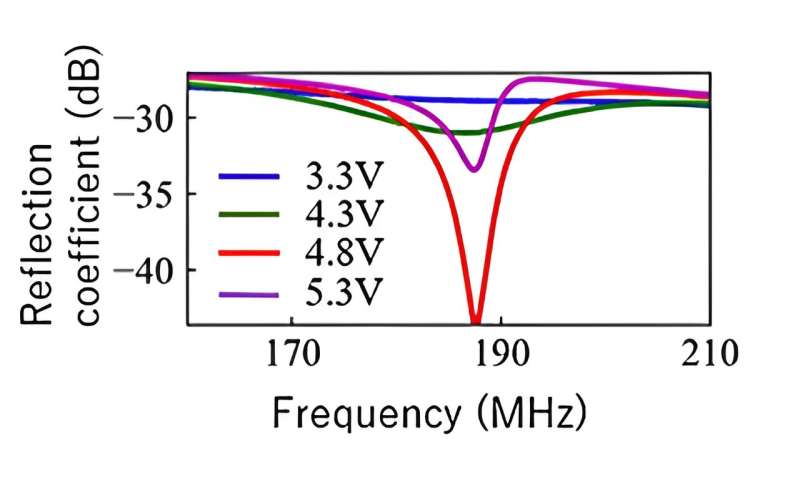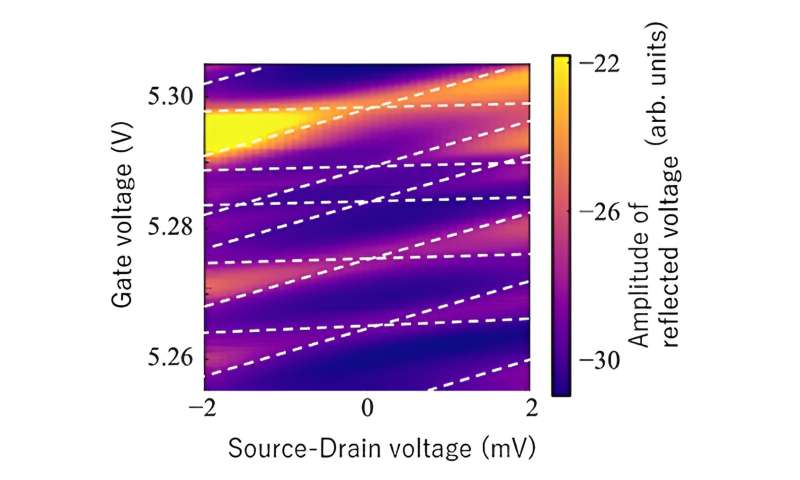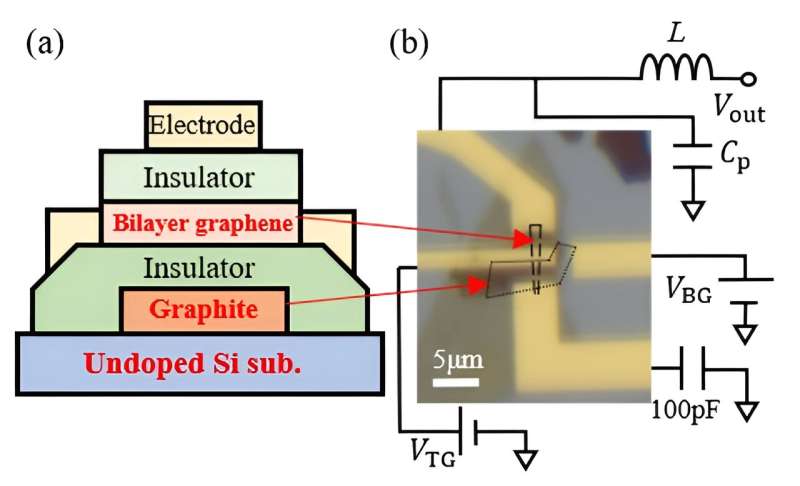Graphene is well-known for its high electrical conductivity, mechanical strength, and flexibility. Stacking two layers of graphene with atomic layer thickness produces bilayer graphene, which possesses excellent electrical, mechanical, and optical properties. As such, bilayer graphene has attracted significant attention and is being utilized in a host of next-generation devices, including quantum computers.
But a complication to their application in quantum computing comes in the form of gaining accurate measurements of the quantum bit states. Most research has primarily used low-frequency electronics to overcome this. However, for applications that demand faster electronic measurements and insights into the rapid dynamics of electronic states, the need for quicker and more sensitive measurement tools has become evident.
Now, a group of researchers from Tohoku University have outlined improvements to radio-frequency (rf) reflectometry to achieve a high-speed readout technique. Remarkably, the breakthrough involves the use of graphene itself. The details of their study were reported in the journal Physical Review Applied.
Rf reflectometry works by sending radio frequency signals into a transmission line and then measuring the reflected signals to obtain information about samples. But in devices employing bilayer graphene, the presence of significant stray capacitance in the measurement circuit leads to rf leakage and less-than-optimal resonator properties. While various techniques have been explored to mitigate this, clear device design guidelines are still awaited.
-

The dependence of rf reflection characteristics on gate voltage, showing the change in conductance. Credit: Tomoya Johmen et al.
-

Coulomb diamonds originating from the formation of quantum dots are observed by monitoring the reflected voltage from the resonator. Credit: Tomoya Johmen et al.
“To circumvent this common shortfall of rf reflectometry in bilayer graphene, we employed a microscale graphite back-gate and an undoped silicon substrate,” says Tomohiro Otsuka, corresponding author of the paper and associate professor at Tohoku University’s Advanced Institute for Materials Research (WPI-AIMR).
“We successfully realized good rf matching conditions, calculated the readout accuracy numerically, and compared these measurements with direct current measurements to confirm its consistency. This allowed us to observe Coulomb diamonds through rf reflectometry, a phenomenon indicating the formation of quantum dots in the conduction channel, driven by potential fluctuations caused by bubbles.”
Otsuka and his team’s proposed improvements to rf reflectometry provide important contributions to the development of next-generation devices such as quantum computers, and the exploration of physical properties using two-dimensional materials, such as graphene.


